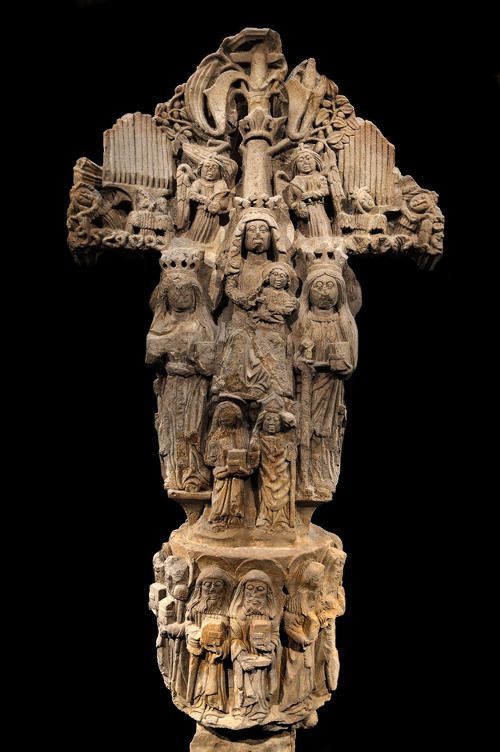Durango, in the heart of Bizkaia, is one of the province’s most important towns. It is the namesake of both the city and state of Durango in Mexico and of Durango, Colorado in the United States. During its history, Durango has been involved in events such as the War of the Bands and bombing during the Spanish Civil War. Founded some time before 1179, Durango has been ravaged by multiple plagues, floods, and fires over the centuries. One of the most intriguing episodes involving the city is the so-called Heresy of Durango.

- The Heresy of Durango was a “millennarist movement” that formed in the 1440s under the leadership of Franciscan friar Alonso de Mella. Mella led a sect that was communist in nature, in the sense that it advocated for the communal sharing of goods and women. Indeed, one of the crimes the sect was accused of was the teaching that women who had sex with other members as an act of charity were not committing a sin. The members, comprised of both local nobles and regular villagers, supposedly took the names of various saints. They would announce meetings with trumpets and either meet in town or in the surrounding mountains and forests. There is some thought that this sect was maybe inspired by the Free Spirit movement.
- Public and religious authorities harshly repressed Mella’s followers. More than a hundred of them were sentenced to death (publicly burned in Kurutziaga, in Santo Domingo de la Calzada or in Valladolid) while others, including Mella and his partner Fray Guillen, managed to flee. Mella made it to Granada, where he seems to have appealed to King Juan II of Castilla to look into the merits of his and his followers beliefs. However, he was later burned to death for his ‘crimes.’
- In apparent atonement for these heresies, the Kurutziaga Cross was erected on the site where many of the sect’s followers were burned. The cross, carved into sandstone, is about 4.5 meters high and is regaled with figures such as a serpent with a woman’s head and Adam and Eve. You can see it today in the Kurutzesantu Museum.
- Heretical movements would continue in Durango throughout the 16th and 17th centuries and even into the second half of the 19th century, when a self-styled “prophet” named Manzanero managed to attract a number of followers and create a sect. However, these movements had little impact out of the region.
Primary sources: durango-udala.net, The Basques by Julio Caro Baroja.
This Fact inspired by a passage in Emma Wilby’s upcoming book Invoking the Akelarre: Voices of the Accused in the Basque Witch-craze, 1609–1614.
Discover more from Buber's Basque Page
Subscribe to get the latest posts sent to your email.


One thought on “Basque Fact of the Week: Heresy of Durango”